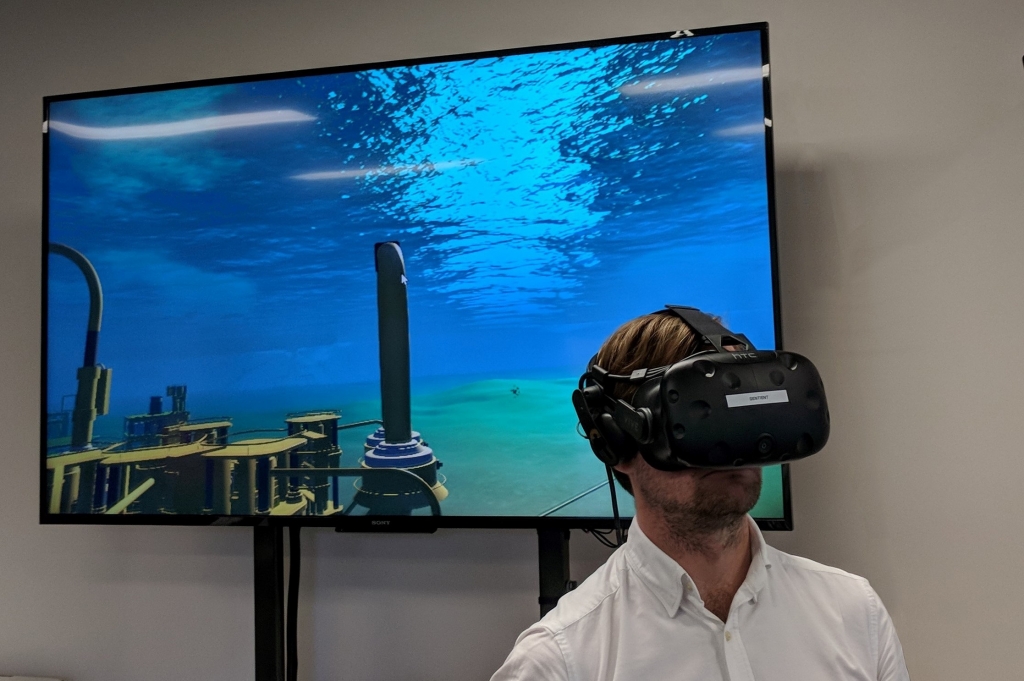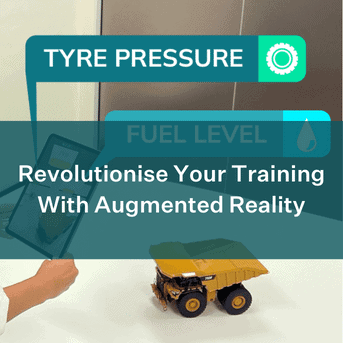
Since the purchase of our first Virtual Reality Developers Kit in 2012, Sentient has been creating, designing and delivering different types of Virtual Reality modules for various communications, training and design review needs for clients. Over this time the team has learnt a thing or two about the pro’s and cons that you may want consider if you are thinking about adopting Virtual Reality in your workspace.
- Why do you want to use it?
Let’s be clear on why you are thinking about using VR. The ability to show information in 3D can be useful in many areas. Companies use it to train their people to operate complex and expensive equipment in remote locations; to showcase complicated assets; to provide a collaborative environment where team members in different parts of the world can work on design or planning problems together; or to provide an impressive and intimate overview of a distant project to investors. You can use a single 3D environment to do all of these but your primary reason will have an impact on your requirements for quality and interactivity.
- Who will be using it?
Once you know why you’d like it, you will have a better idea on who will be using it. If it’s for internal use only, say to train a small group of operators, then the demand for high-quality graphics will not be as important as the technical faithfulness of the interactions. However, if you are planning on putting a 3D flythrough of an asset on your webpage then technical detail will be less important than providing a realistic experience for your viewers.
- What gear will you need to buy?
If you want your users to experience the full 3D immersion with a headset where they can interact with virtual tools and equipment, you will need to set up a dedicated virtual reality space. For a typical deployment, using equipment like a Vive 3D virtual reality system, you will need a room of at least 2m X 2m and a budget of around A$5,000 for an appropriate computer and headset.
- Can you afford it?
This brings us onto the issue of cost. The more complex and realistic you need your virtual environment to be, the more expensive it is to design, model, texture and animate. If you already have 3D engineering models, that will make production much cheaper as your developers will not need to create assets from scratch.
If you don’t want a full virtual reality system but want to use VR environments, your users will need computers with good quality graphics cards to make the most of the rich visual information the system provides.
Each animation and interaction takes time to develop and program. Like a video game, this part of the process requires careful storyboarding and design. Getting this right at the beginning will save you a lot of headache and cost further down the line.





